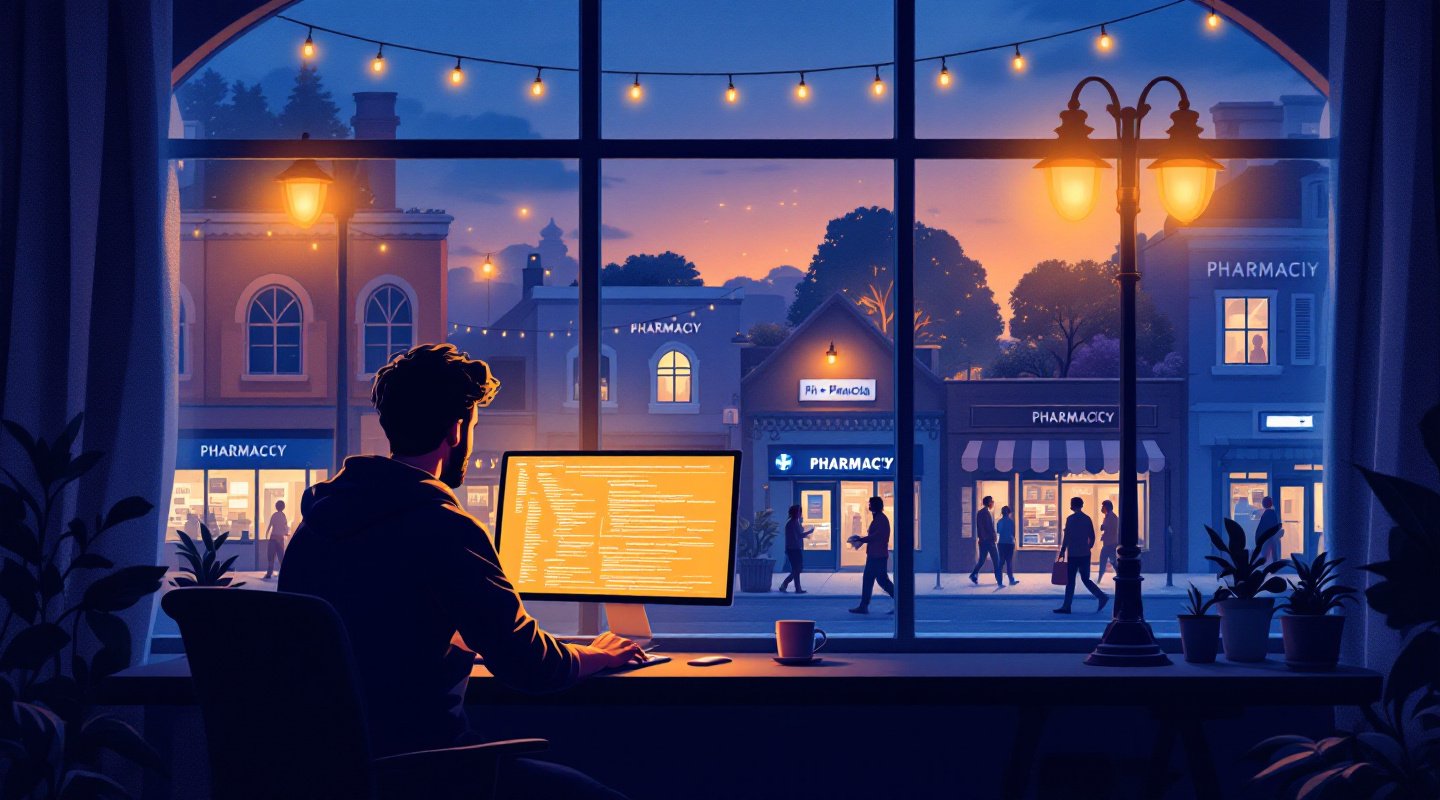You might be thinking, ‘Programming looks so complicated!’ or ‘I could never understand coding.’ But let me share a secret that will change how you see programming forever.
Have you ever thought about how buying medicine is actually like programming? Every time you follow a prescription, you’re unknowingly using the same logic that computers use!
When you go to a pharmacy, you’re following a simple algorithm. If you find all your medicines at the first store – great! That’s like a simple, straight-line program. But life isn’t always that straightforward, is it?
Sometimes the first pharmacy doesn’t have everything you need. What happens next? Simple – you decide to try another pharmacy! Just like a computer choosing a different path when Plan A doesn’t work out. And if that one doesn’t have everything either, you keep going until you find all your medicines. That’s exactly what we call a ‘loop’ in programming!
This is why programming isn’t as alien as it might seem. We’re already natural programmers in our daily lives – we make decisions, follow conditions, and repeat actions until we achieve our goals. The only difference is that in programming, we’re just writing these natural behaviors in a language that computers can understand.
So next time you think programming is too complex, remember: if you can follow a prescription and buy medicines, you already understand the core concepts of programming!
𝗔𝗿𝗲 𝘆𝗼𝘂 𝗿𝗲𝗮𝗱𝘆 𝘁𝗼 𝗯𝗲𝗰𝗼𝗺𝗲 𝗮 𝗴𝗿𝗲𝗮𝘁 𝗽𝗿𝗼𝗴𝗿𝗮𝗺𝗺𝗲𝗿?

Leave a Reply